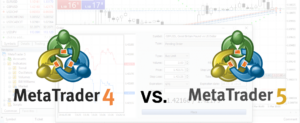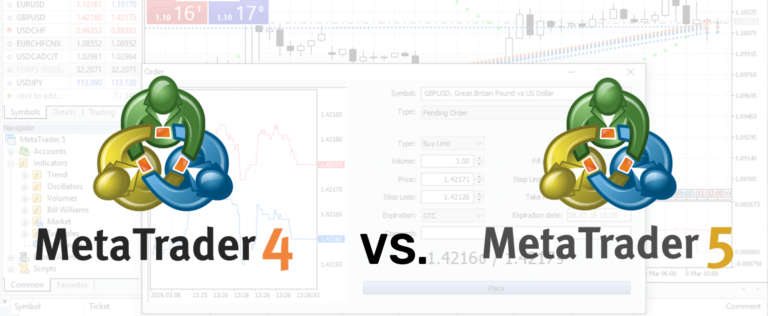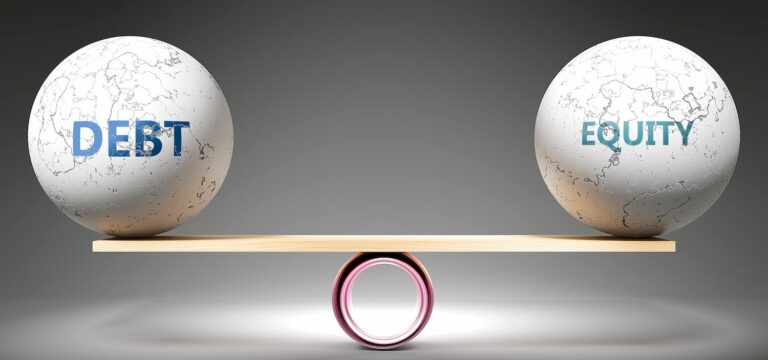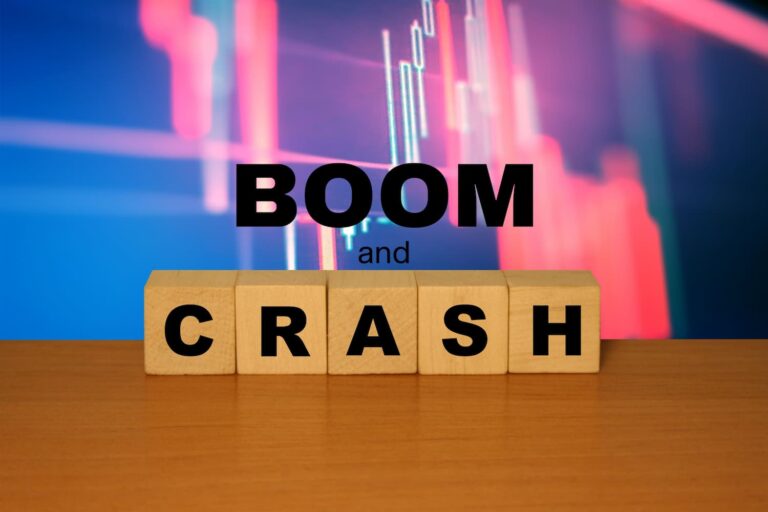Gold is a commodity, and a commodity is a good that is characterised by a lack of significant differentiation between the goods supplied by any supplier. Gold is a unique commodity as it has been a cornerstone of the global economic system in the past, being used as a currency and backing other currencies until relatively recently. It is important for traders to understand key features of gold and gold markets in order to better inform trading decisions when putting together a trade.
History of Gold
Gold can be found naturally occurring and does not necessarily require any process to be purified. Because of this, gold is the earliest recorded metal used by humans, dating back to 40,000 BC. The earliest recorded use of gold as a currency date back to 600 BC in modern-day Turkey and this practice was adopted by European economies in the 13th and 14th centuries. Gold was also used to back currencies in industrial and post-industrial economies when bearers of bank notes were able to go to the central bank of a country and exchange it for gold, this was called the gold standard. Eventually, this was phased out following the Bretton Woods system so that most countries were priced against the US dollar, and the US dollar was backed by gold. Despite the end of the gold standard, countries continue to hold gold reserves for much the same reason that a sensible trader may trade in gold, to insulate against risk.
Trading Gold
Due to gold being so deeply ingrained in the modern economic system, trading with gold continues to be popular. This also leads to the widely held idea of gold being a “safe haven” (see below). It is, therefore, worth understanding what it means to trade gold. There are a few key ways of trading in gold that we will outline. Firstly, we have gold bullion/coins, which are a standardised quality of gold and can come in many sizes, from huge bars to smaller coins. The liquidity of gold is directly related to the size of the gold, if you have a huge gold bar, it is going to be more illiquid than a smaller gold coin. Secondly, we have gold EFTs and mutual funds, which do not require investors holding any actual gold and are traded exactly like stocks. Finally, there are gold futures and options, which are very common ways of trading commodities, attempting to profit of price volatility.
What Impacts the Gold Price?
Safe Haven
Gold is considered to be a “safe haven”. This is a key term that all traders should know and means that in times of economic uncertainty, a lot of investors turn to gold. This is shown at key points throughout history when uncertainty was at its highest, with gold hitting all-time peaks in 1980 due to the Soviet intervention in Afghanistan, in 2008 due to the Great Recession, and in 2020 due to the COVID-19 pandemic. Gold is a safe haven, and so it is a “risk off” asset. Risk on/risk off refers to the differing investor behaviour due to the state of the global economy. When the risk is high – risk off – investors tend to invest in lower-risk investments (such as gold) and vice versa. There are many different methods of determining whether risk is on or off, but gold is such an integral asset to the world economy that the ratio of gold to silver can actually be used as an indicator of whether the environment is risk on or risk off. Therefore, gold prices will be affected by any global factors that affect economic uncertainty.
US Dollar Relationship
Gold (like many other commodities) has the characteristic of being affected by the strength of the US Dollar, as it tends to be denominated in terms of the US Dollar. Therefore, when the US Dollar weakens, gold becomes relatively cheaper in terms of other currencies, and so demand for gold rises, causing the price of gold to rise as well. When the US dollar strengthens, gold becomes relatively more expensive in terms of other currencies, and so demand for gold falls, and the price then falls. There are many other factors that affect gold prices in a similar fashion to the way the US Dollar does, and hopefully, this explanation of the mechanism will allow you to make similar judgements about these other factors. As you can see, the fact that the US dollar affects the price of gold means that a wide range of geopolitical factors can affect the gold price. This just shows how important an understanding of Foreign Exchange markets is to traders that do not necessarily specialise in these markets.
Industrial Metal
Gold, like many commodities, also has industrial applications, used in technology and jewellery.
Over 45% of all gold supplied is used in technology and jewellery, while just over 47% is used in investment. Therefore, the price of gold can, to some extent, be affected by significant events in these markets. Therefore, even though, as traders, it may seem irrelevant to know the use of gold as an industrial metal, it is as worth staying aware of developments in the jewellery and industrial gold markets as it is staying aware of global investment behaviour.
Gold Trading Takeaways
You now have a better understanding of what gold is, why it is beneficial to trade gold and the key factors that will affect how you trade gold. A key takeaway is that understanding the core drivers of price fluctuations and the risks and benefits of trading in gold will allow you to further diversify your portfolio with assets that have significant potential for returns.















